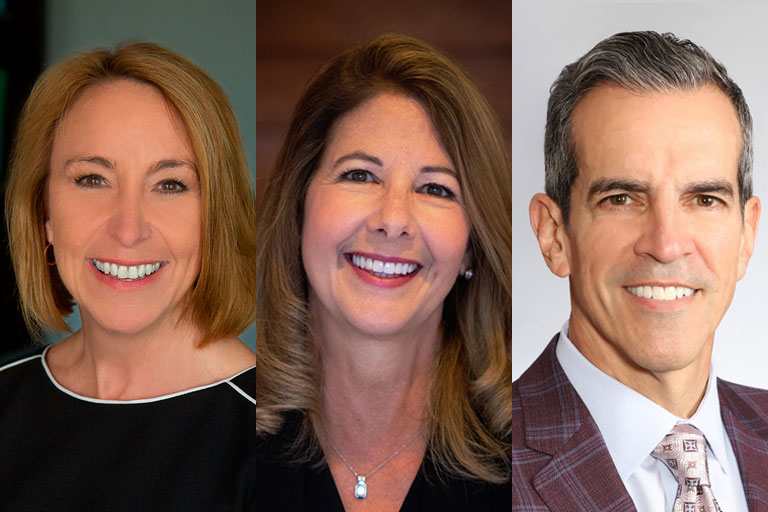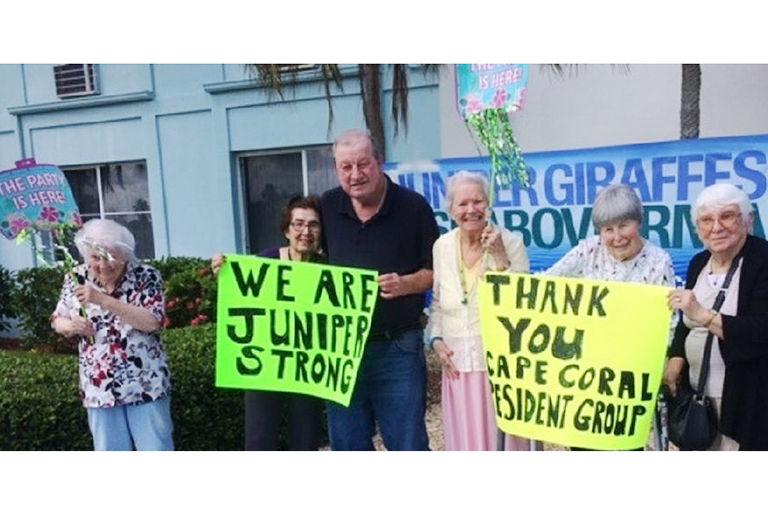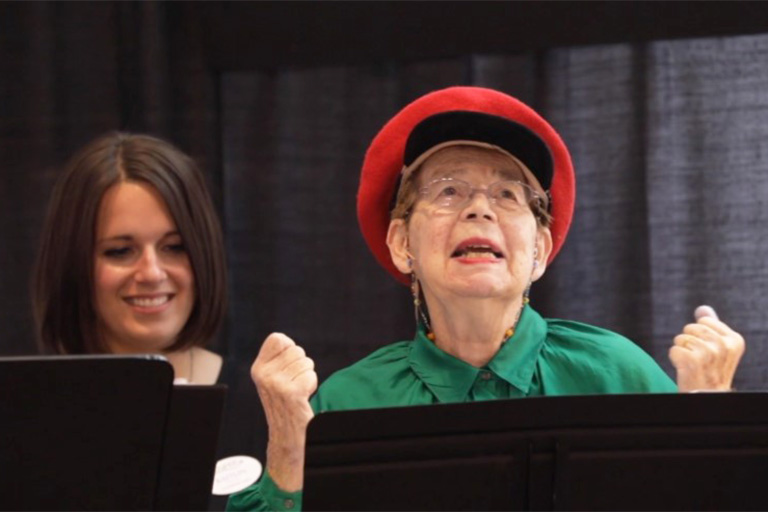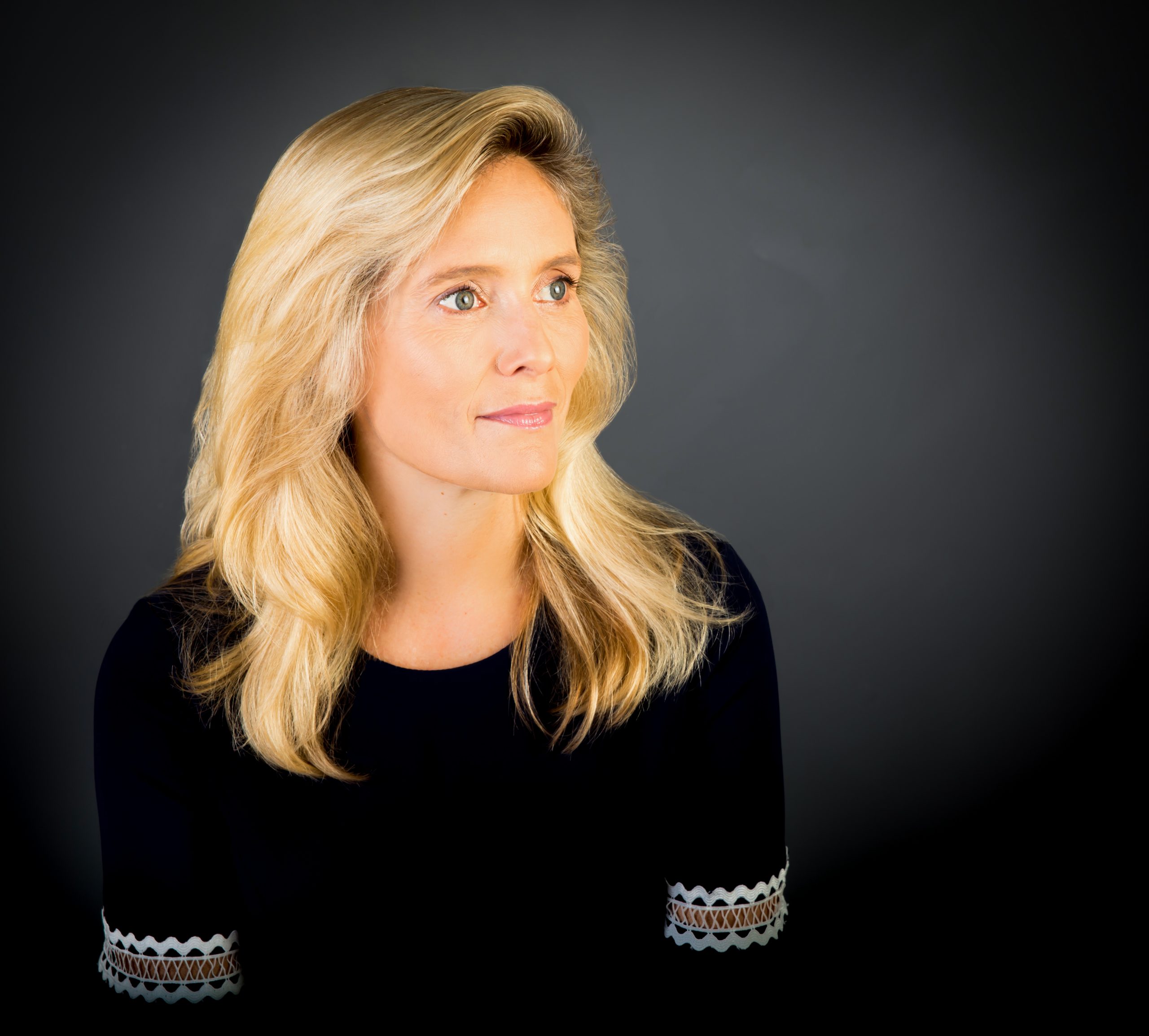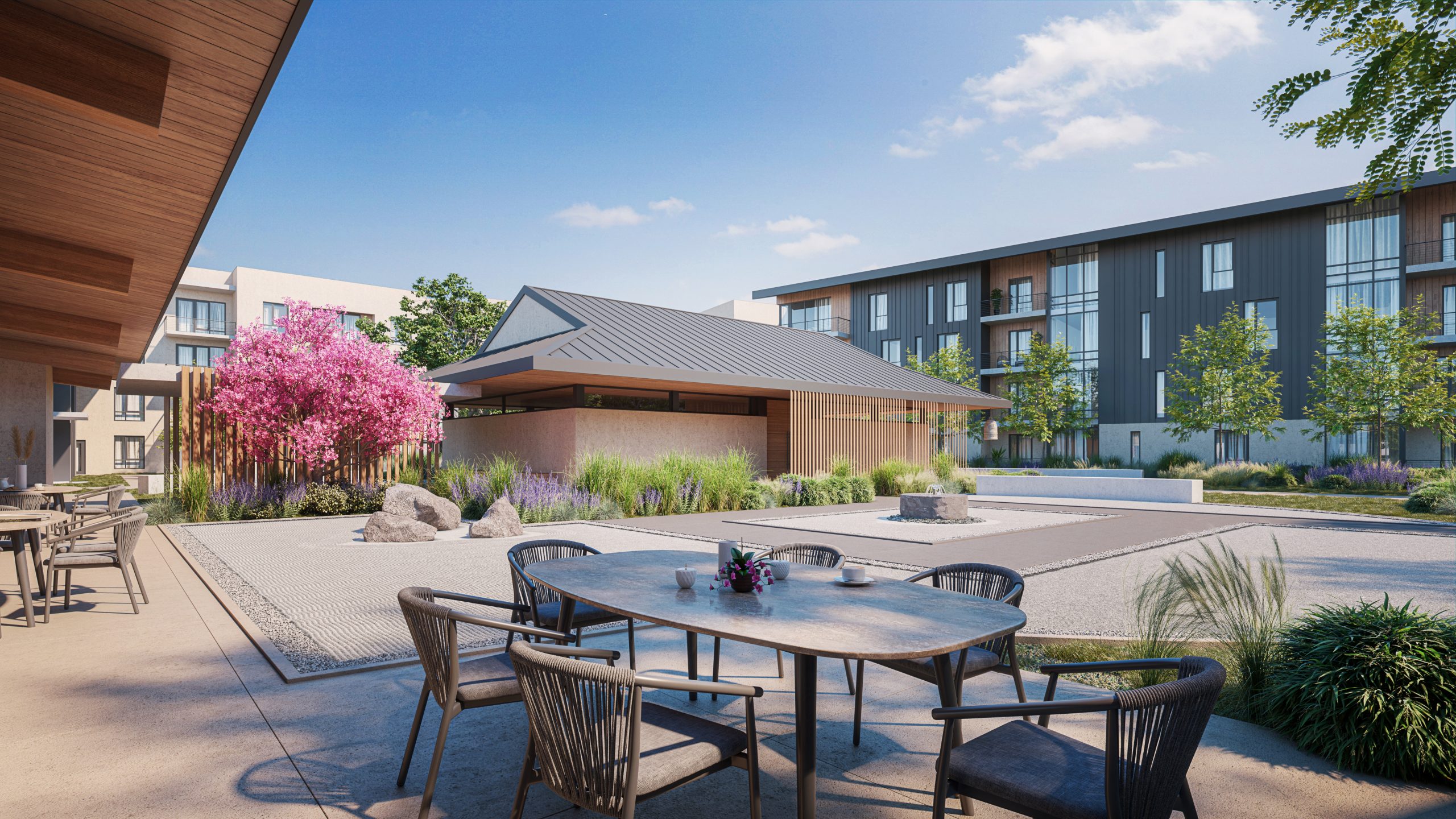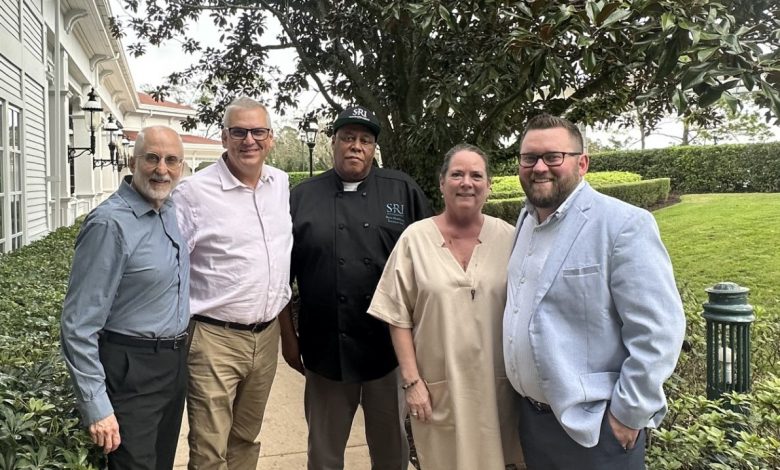
HEALTHTAC Food & Beverage Panel: Accommodating Resident Requests: What’s the Trick?
By Jim Nelson | December 12, 2023

ORLANDO, FL — “Palettes are becoming more and more diverse,” shared Goodwin Living’s Innovation and Development Chef Brian Patterson. “The incoming residents have more and more expectation of a restaurant experience over a batch-cooked experience, and as one of my chefs likes to say, we have 450 chefs living in this building.”
Patterson was on stage when he said that, speaking on the opening panel at the recent 2023 HEALTHTAC Food & Beverage conference at this city’s Disney’s Grand Floridian Hotel & Spa. The 35-minute session, called Accommodating Resident Requests: What’s the Trick?, took a deep dive into the headaches associated with keeping track of resident requests and dietary restrictions by the hundreds, if not thousands.
To get the conversation started, the panelists were asked about changing dietary trends that have made their jobs more challenging.
“Different levels of vegetarian,” said SRI Management’s Corporate Culinary Specialist Marc Whittlesay. “Some people eat fish but won’t eat chicken; some people won’t eat beef; you have gluten free; and there’s people that don’t want anything fried; there’s so many different diets now. When I first got into this it was no concentrated sweets, no added salt … now we have the baby boomers, who are particular about their diets.”
“A lot of people say they want to eat healthy,” said Tyler Ratigan, the culinary director at Ovation, “and once you start implementing healthier options into the menu nobody orders it. Everyone loves a burger, so we tried to give different options: a turkey burger, a vegetarian burger, Impossible Burger, but at the end of the three-month cycle on the ‘always available’ menu, nobody ate it. And Impossible is super expensive. I’d say the ‘healthier option’ people are probably the worst because you try to accommodate them, and they end up not wanting it.”
Another change in recent years that senior living chefs contend with is the evolution away from batch cooking toward cooking to order.
“One of the communities that I service now, in the ’60s my grandmother lived in that same community,” said Patterson. “I remember visiting her and passing through the cafeteria line and all the hotel pans. Nowadays, the generations that are coming are bringing their expectations of more of a restaurant-type experience, a more à la minute, cooked-to-order type experience. And that’s not to say [we’re] eliminating batch cooking — there’s a time and a place for batch-cooked food that’s cooked ahead of time — but increasing the frequency and options and healthy options, variety, allows us to be more responsive in the moment for cooked-to-order food. And that mission is trickling down into, ‘How are you designing your kitchen? How are you training your staff? How do we retrofit some of our kitchens?’”
“The clientele now is different,” Whittlesay echoed. “They expect higher quality. We have some buildings that have full-fledged restaurants. We do some batch cooking, if truth be told … but batch cooking as a whole is gone.”
“One of our venues is the bistro,” Patterson added, “which our chefs refer to as ‘The Beast,’ because 90 percent of that menu is cooked to order, and that’s where the crowds are going. So, we’re retro designing the menus for our older-style dining rooms to feature more à la minute food, or cooked-to-order food. And we’ve introduced pop-up restaurants, which are kind of test balloons for new entrees, new menus, new food options, and if there’s a winner, then that can be worked into the cycle menu or the ‘always available’ menu.”
So how do these dining department heads keep track of the requests and restrictions for all those people?
Whittlesay described a threefold process at SRI Management. “When a resident comes into a building, there’s an 1823 [form] that we have; we take the 1823 and if it has any diet restrictions on it, we put it in a folder, but we also use a board — most buildings, if it’s not independent, we put a board up with the picture, the diet that they’re on, likes/dislikes. And the servers also have to be aware of that. So, it’s the 1823, the board, and the verbal — every chef in every building meets with each resident, so they get their likes and dislikes.”
“When they come in, you get the initial what they like, what they dislike,” Ratigan offered, “but that really doesn’t paint the picture because I’m sure everyone has a Bob in their building who is mad about everything. Every time I go to a property, I always have to meet Bob and Karen — these are actual people — and talk about what they didn’t like over the few weeks I was gone. I tell my chefs and my dining directors that [they] need to get out there and converse with the people, do table touches every day to help get the pulse of what’s happening.”
“We paint a particularly large target on ourselves in dining services for comments,” Patterson added, “whether it’s through the comment book on the table or an email portal that’s resident-run, every member of dining services receives those comments, whether positive or negative — or constructive, I should say — and we have a mandate to respond to those comments within 24 hours; whether it belongs to the dietician, the chef, or the dining service director at the front of house, we have a very vociferous, loquacious dialogue with our residents. And we have the Karens and the Bobs, and we go into the lion’s den and air it out. It’s going to come back around to having that healthy dialogue.”
“If it’s an independent living community, or assisted living/memory care, we meet with them and their families when they first come in,” said Laureen Herzig, the corporate director of culinary services at Discovery Senior Living. “In a lot of our assisted living/memory care [communities] we have a board in the kitchen — it might even have their picture on it, where it lists the different things so that the service staff can see [it].
“We do comment cards on all of our tables,” she continued, “we have some at the at the concierge desk as well.”
And each of the panelists explained the ways in which residents can connect with them.
“We have an email,” said Whittlesay.
“I get emails, I get phone calls and text messages” said Herzig. “I know them by name, I know the cocktails they like to drink. We’re very open about that. And we do have electronic services, but a lot of letters go to our corporate office all the way up to our CEO, and then they get passed down to the appropriate team member. And we take those very seriously and respond to them immediately … and it works. It’s the little things that go a long way.”
“We have not only the email portal,” Patterson shared, “but also the book in the dining room, and obviously direct engagement, to step right up to Karen and Bob, greet them in the morning and ask them how they’re doing, defuse them a little bit. We’re always looking for the next step in that communication, whether it’s a comment card or a QR code. But you have people of a variety of levels of technological capacity: some folks, all they want to do or can do is write in a book, and some are so savvy they want to have a QR code. And we have to embrace all of those capabilities.”
“I actually just tried to do the QR codes for reservations for holidays,” Ratigan stated, “and that didn’t go over very well in assisted living; independent living, they fared much better with that. But I think meeting the resident where their needs are or what they’re capable of doing, whether it’s an email or if they want to, I type up a letter. We’ll try to do whatever way they want to do.”
Not every resident request can be accommodated, though. So how do they say no?
“You do it with dignity,” Herzig told the audience. “But it also depends on the circumstances. I was at a community recently in Maryland and they wanted to know why they could not order the crab off the truck that comes around the community and knocks on their door. I said, ‘Well, it’s really about a liability issue, because we don’t know where that crab is coming from,’ and they all nodded and kind of got it. But it’s also just about explaining and doing it with dignity and grace, and listening, letting them know you’ve heard them.”
“I think a lot of times you can say no, but really you’re just compromising,” is how Ratigan put it. “For one of our communities, we don’t have the grill space to execute steaks in the assisted living and the memory care [units]. So instead of just saying no to steaks, every Friday we run Steak Night. Steak Night is now a huge thing for our memory care and our assisted living [residents] … we get all the family members because they leave happy hour and then they come in and everyone orders steak. So, a lot of times I don’t necessarily say no to the individual, I find a compromise.”
And sometimes the panelists and dining department heads throughout the industry need to say “no” to a different type of request.
“I think the biggest issue is shopping in the kitchen,” said Whittlesay. “Residents come down with their bags. They want creamers and boxes of cereal. You put the snacks out, and 20 minutes later Bob took all the snacks. We have to say no, we have to give it a limit to what you take.”
“We had a problem with salt and pepper shakers disappearing,” Herzig joined in, “so in January — I got an idea from a restaurant group out of Atlanta that I frequent — we’re buying wooden pepper mills, and as part of an activity they’re going to create and decorate theirs personally; they can take it back and forth to their room, so they have their own pepper mill. So, it’s about creating those fun things.”

